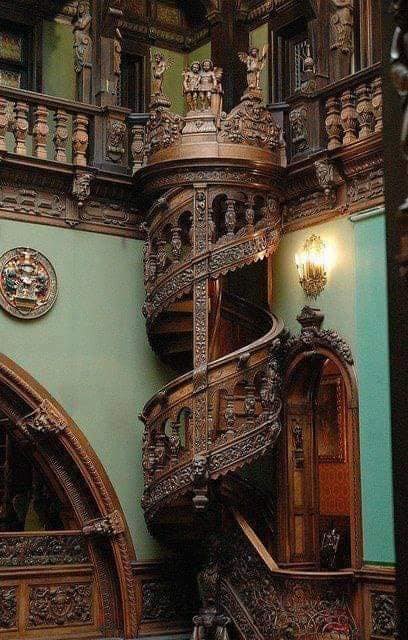

Peleș Castle is a Neo-Renaissance castle located in the Carpathian Mountains, near the town of Sinaia in Romania. It was commissioned by King Carol I of Romania and built between 1873 and 1914. The castle served as the summer residence of the Romanian royal family until the abdication of King Michael I in 1930.
Architecturally, Peleș Castle is a masterpiece, combining various architectural styles, including Gothic, Renaissance, and German Renaissance Revival. The castle’s design is attributed to the German architect Johannes Schultz, with later contributions by Karel Liman. The building is characterized by its intricate detailing, ornate carvings, and colorful stained glass windows.
Peleș Castle has a stunning mountainous backdrop and is surrounded by beautiful gardens. The interior of the castle is equally impressive, featuring a mix of styles and luxurious decorations, including woodcarvings, Murano glass chandeliers, and valuable collections of art and furniture.
Notably, Peleș Castle was the first castle in Europe to have central heating and electricity. The castle also houses a notable armory with a diverse collection of weapons and armor.
Today, Peleș Castle is a popular tourist attraction and is open to the public. Visitors can explore the various rooms and halls, including the opulent Great Hall, the Music Room, and the King’s and Queen’s Chambers. The castle and its surrounding area have become a symbol of Romanian royalty and a key landmark in the region.
